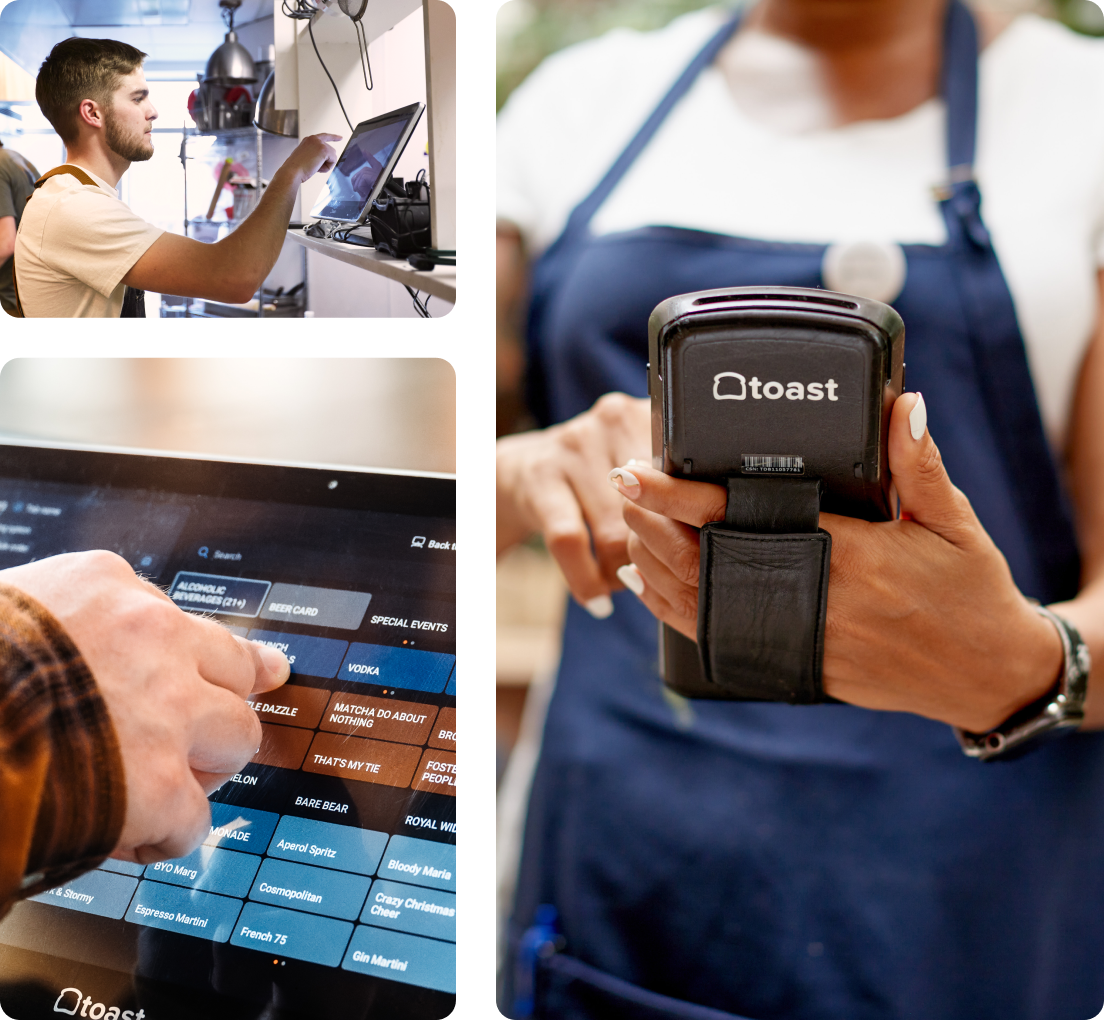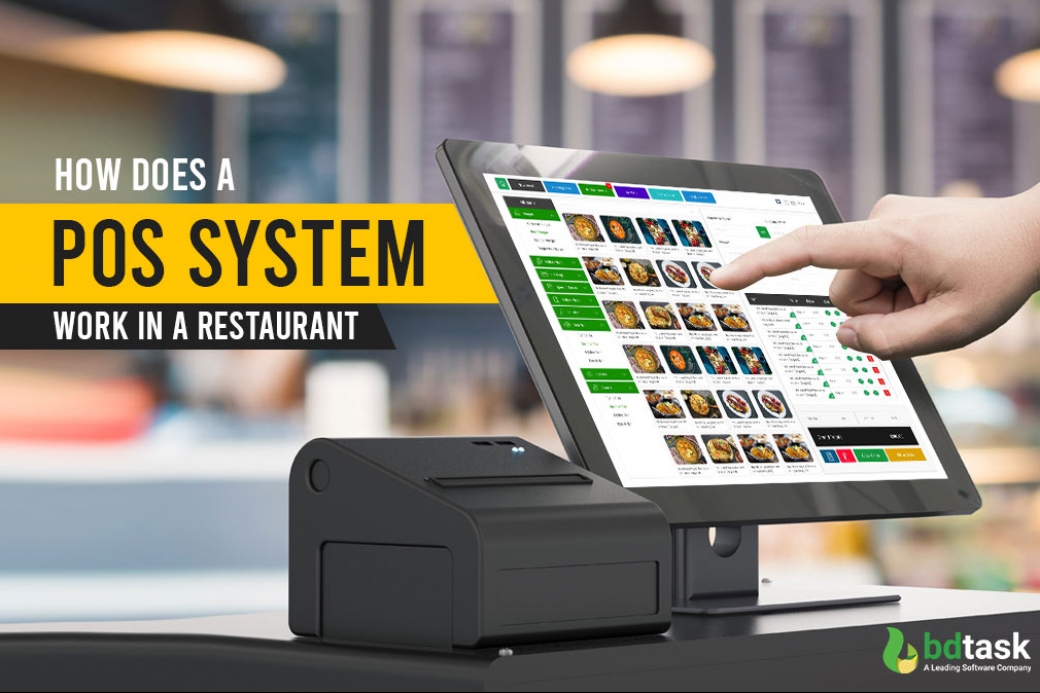Restaurant POS Software suites for table-side service: What to look for
How POS System Works: A Comprehensive Overview for Organization Owners
A POS system works as an essential device for modern services, integrating various elements to simplify procedures. It encompasses hardware like barcode scanners and software offer for sale tracking. This system not just refines deals however likewise manages inventory and analyzes consumer behavior. Understanding its functionality can greatly impact a business's performance and decision-making. What are the vital elements that contribute to this efficiency? Discovering these parts uses valuable insights.
Recognizing the Parts of a POS System
A Factor of Sale (POS) system is composed of numerous key components that function with each other to promote purchases and handle service operations. At its core, the hardware includes gadgets such as a sales register, barcode scanner, invoice printer, and repayment terminal, all necessary for refining sales (Restaurant POS Software). The software application part takes care of stock, sales tracking, and consumer information, offering useful understandings for organization decisions.Additionally, data sources store purchase documents and consumer details, making certain information honesty and safety and security. Network connectivity makes it possible for real-time updates and accessibility to cloud-based services, enhancing functional efficiency. Interface, created for simplicity of use, allow personnel to browse the system promptly, reducing training time. Together, these components produce a cohesive system that enhances the sales process, enhances customer care, and help in reliable administration of company sources. Comprehending these elements is crucial for company owner seeking to maximize their POS systems
Exactly How Sales Deals Are Refined
When a customer determines to purchase, the sales deal launches a series of systematic actions within the POS system. The cashier inputs the items being acquired, which are checked with a barcode reader or manually gotten in. This action retrieves item details, consisting of pricing and appropriate tax obligations, from the system's database.Next, the customer is presented with the complete quantity due. The POS system then refines the payment, whether via money, charge card, or mobile settlement approaches. For electronic settlements, the POS securely communicates with repayment cpus to license and validate the transaction.Once the payment is verified, the system creates a receipt, which can be printed or sent electronically. This invoice acts as receipt for the consumer. Finally, the deal data is videotaped in the system, making sure accurate sales documents and economic monitoring for business.
Supply Administration and Tracking
Effective stock monitoring and monitoring are essential parts of a POS system, as they guarantee that businesses maintain optimal stock levels and lessen discrepancies. A robust POS system allows for real-time inventory updates, reflecting sales and returns immediately. This enables entrepreneur to monitor stock levels precisely, ensuring that popular items are conveniently offered while avoiding overstocking of less prominent products.Additionally, progressed POS systems use attributes such as automatic stock alerts and reorder pointers, streamlining the procurement process. Barcoding and RFID technology enhance accuracy in tracking inventory movement, lowering human mistake. Extensive coverage tools offer insights right into inventory turn over rates, assisting businesses make educated choices about buying and item offerings. Eventually, efficient stock monitoring with a POS system not just improves operational efficiency however likewise improves customer complete satisfaction by ensuring item schedule.

Assessing Client Information and Insights
Customer data evaluation functions as an effective tool for services using a POS system. By gathering and analyzing transaction information, companies can reveal valuable insights regarding customer habits this contact form and choices. This analysis enables them to determine purchasing patterns, peak buying times, and prominent products, thus notifying stock decisions and advertising strategies.Additionally, organizations can section their customer base, permitting individualized advertising initiatives that accommodate specific demographics or purchasing practices. Recognizing customer commitment patterns additionally aids in discover this creating targeted promotions and incentives programs.The information obtained from a POS system can also expose insights into client feedback, enabling companies to make enlightened choices regarding item offerings and solution renovations. Eventually, leveraging client data successfully can improve the general purchasing experience, foster customer fulfillment, and drive income development.
Benefits of Applying a POS System
Implementing a POS system uses various advantages that can greatly boost business procedures. To start with, it improves deal processes, lowering wait times and boosting customer complete satisfaction. By automating sales procedures, businesses can lessen human mistake and warranty exact record-keeping. Additionally, a POS system provides important data analytics, enabling owners to track sales patterns and inventory degrees in real-time. This insight supports educated decision-making, helping to optimize stock administration and advertising strategies.Moreover, several POS systems incorporate with various other service tools, such as bookkeeping software program, streamlining financial monitoring. Enhanced worker management functions, such as tracking hours and efficiency, more contribute to operational efficiency.Lastly, the execution of a POS system can bring about enhanced revenue with boosted consumer experiences and calculated understandings, inevitably cultivating business development and sustainability.
Often Asked Questions
What Kinds Of Companies Can Gain From a POS System?

Just how much Does a POS System Normally Price?
The expense of a POS system typically varies from a few hundred to several thousand dollars, depending on attributes, equipment, and software application - Restaurant POS Software. Organizations must take into consideration ongoing fees for maintenance, assistance, and deal handling when budgeting

Can I Incorporate a POS System With Existing Software?
Integrating a POS system with existing software is typically practical. Numerous systems use APIs or integrated compatibility functions, allowing services to streamline procedures and enhance performance by attaching numerous software program applications properly.
What Training Is Needed for Team to Utilize a POS System?
Educating for staff to utilize a POS system usually consists of understanding software functionalities, processing transactions, Discover More Here managing stock, and dealing with client communications - Restaurant POS Software. Practical demonstrations and hands-on practice enhance proficiency and self-confidence in operation the system effectively
What Occurs if the Internet Drops While Utilizing a POS System?
If the internet goes down throughout POS system use, purchases may be disrupted. Many systems supply offline capabilities, permitting standard procedures to continue, yet full performance, consisting of real-time stock updates, will certainly be restricted.